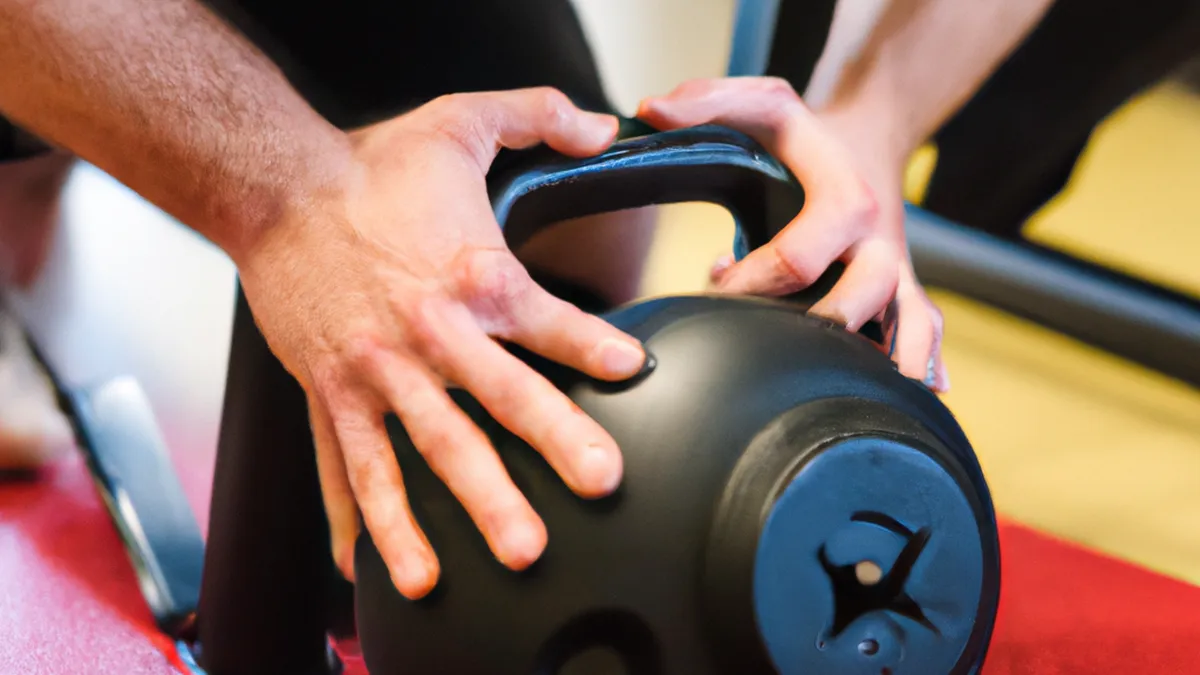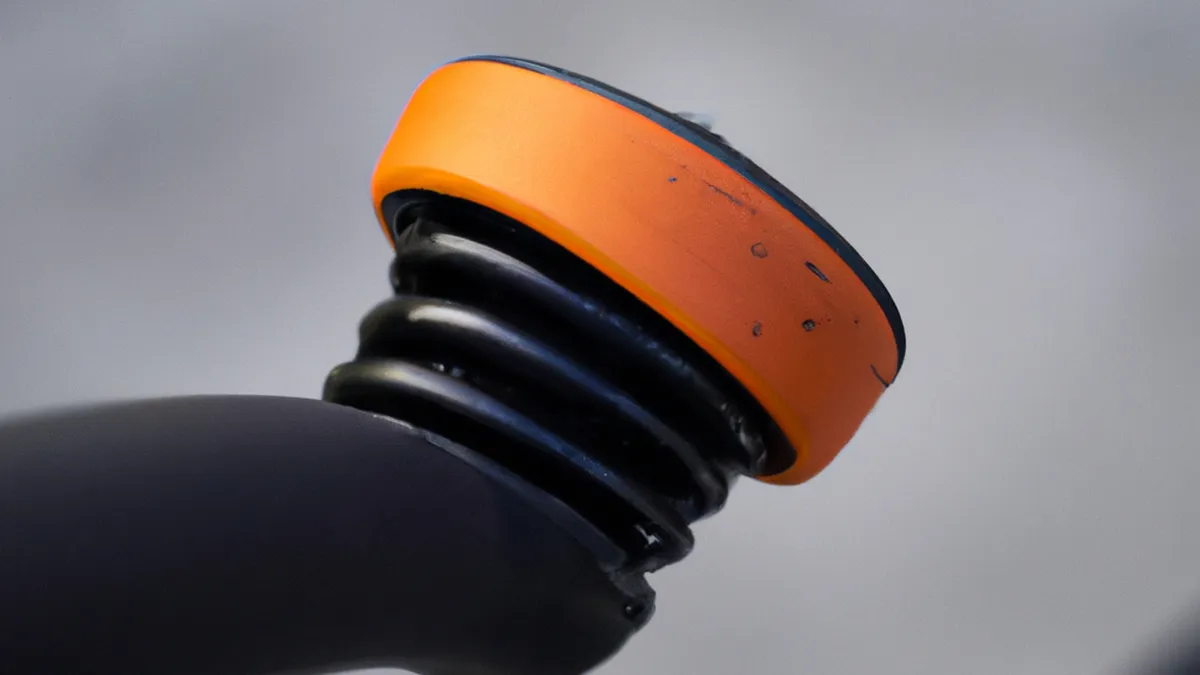Keep Your Heart in Check During Lifts
Heart Rate Monitoring During Lifts: Why It MattersHeart rate monitoring is crucial for serious fitness enthusiasts. Many focus only on lifting weights and ignore heart rate data. Understanding your heart rate during lifts can boost your training effectiveness. This post explores tips for monitoring your heart rate, effective training advice, and its benefits.
Why Monitor Heart Rate?
Monitoring your heart rate gives insights into workout intensity. It helps gauge how hard your body works. Lifting weights increases your heart rate to supply muscles with oxygen. Tracking it ensures you train within your optimal range.Monitoring heart rate also prevents overtraining. Overtraining can cause fatigue, decreased performance, and injury. Keeping an eye on your heart rate helps you adjust your workout.
Tips for Effective Heart Rate Monitoring
As an Amazon Associate I earn from qualifying purchases.
Gear tip: consider compression socks, percussive massager, and ems device to support this topic.
1. Choose the Right Device
Select a heart rate monitor that fits your needs. Options include wrist-based monitors, chest straps, and fitness watches. Each device has advantages and disadvantages.Wrist monitors offer convenience but may lack accuracy during heavy lifts. Chest straps usually provide more reliable data. Fitness watches balance convenience and accuracy.
2. Establish Your Target Heart Rate
Identify your target heart rate zone for lifting. This zone typically ranges from 70% to 85% of your maximum heart rate. To find your maximum heart rate, subtract your age from 220.For instance, if you’re 30 years old, your estimated maximum heart rate is 190 bpm. Therefore, your target zone would be around 133 bpm to 162 bpm.
3. Monitor During Key Lifts
Monitor your heart rate during compound lifts. Exercises like squats, deadlifts, and bench presses engage multiple muscle groups. This engagement significantly increases heart rate.Use heart rate data to adjust rest times and weights. If your heart rate drops too low during rest, decrease your rest time. If it stays too high, consider reducing the weight.
Best Practices for Heart Rate Training
1. Warm Up Properly
Always warm up before lifting. A proper warm-up prepares your heart and muscles for intense activity. Include dynamic stretches and light cardio to gradually elevate your heart rate.A good warm-up prevents injuries and improves performance. Aim for at least 5 to 10 minutes of warm-up exercises.
2. Incorporate Interval Training
Incorporate interval training into your routine. Alternate between high-intensity lifts and lower-intensity recovery periods. This approach enhances cardiovascular fitness and overall performance.For example, perform heavy squats followed by lighter accessory work. After each set, note your heart rate. This data helps you understand your recovery speed.
3. Cool Down and Analyze Data
After your session, cool down. Gradually lower your heart rate with light exercises and stretching. Cooling down prevents dizziness and aids recovery.After your workout, review your heart rate data. Analyzing trends helps identify areas for improvement. If your heart rate spikes dramatically, adjust your technique or weight.
Benefits of Heart Rate Monitoring During Lifts
Enhanced Performance
Tracking your heart rate can improve performance. Understanding your body’s response to different lifts optimizes training. Targeting specific heart rate zones increases strength gains and endurance.
Improved Recovery
Heart rate monitoring helps gauge recovery. If your heart rate remains elevated after rest, it may indicate fatigue. Adjust your training intensity for better recovery.
Injury Prevention
Monitoring heart rate reduces injury risk. Recognizing when to scale back helps you avoid overtraining. A well-managed heart rate leads to safer workouts and long-term progress.
Conclusion
Heart rate monitoring is invaluable for serious lifters. Choose the right device, establish your target heart rate, and focus on key lifts to maximize training. Additionally, warm up properly and incorporate interval training to enhance results.The benefits of monitoring your heart rate are significant. You can improve performance, enhance recovery, and prevent injuries. Start tracking your heart rate during lifts today. Your body will thank you!
Below are related products based on this post:
FAQ
Why is heart rate monitoring important during lifting?
Heart rate monitoring is crucial as it provides insights into workout intensity and helps gauge how hard your body is working. It ensures that you train within your optimal heart rate range, which can enhance the effectiveness of your workouts and prevent overtraining.
What types of heart rate monitors are available?
There are several types of heart rate monitors including wrist-based monitors, chest straps, and fitness watches. Each type has its own advantages, with chest straps typically offering more reliable data during heavy lifts, while wrist monitors provide convenience.
How can I determine my target heart rate zone?
To establish your target heart rate zone for lifting, subtract your age from 220 to find your maximum heart rate. Your target zone usually ranges from 70% to 85% of that maximum, which can help optimize your training efforts.















Post Comment